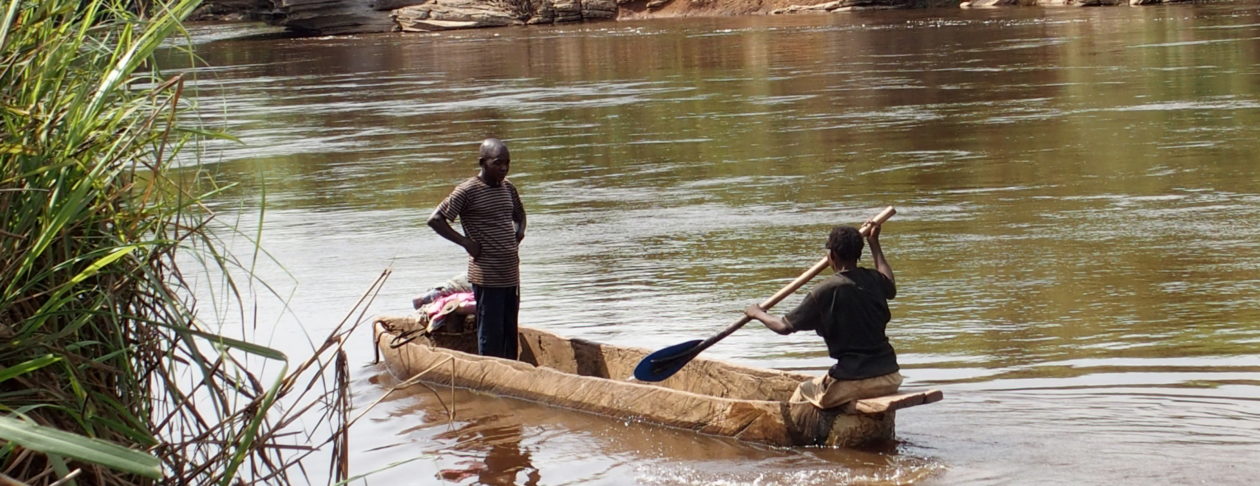by Climate Science, Jul 4, 2025
Researchers have studied things like pebble layers, shell fragments, and coral rubble in Fiji to find out what has happened there in the past. Yanan Li and others drilled cores to find debris pushed 120m into the mangroves by the worst of the worst tropical cyclones. Handily, they also had two bad storms recorded in the last century to calibrate what they found. Awkwardly, the big storms were more common in the Little Ice Age.
Blessed be global warming: There were more Big Cyclones in Fiji when it was cold 200 years ago « JoNova
by K. Richard, Jul 3, 2025 in NoTricksZone
According to a new study, abrupt (±1-2°C per century) shifts in North Atlantic sea surface temperature (SST) have occurred routinely over the last 9000 years. These decadal- to centennial-scale climate changes were “induced by Holocene summer insolation and atmosphere-ocean internal variability.”
The average SST throughout the 8.2 ka fluctuation was 10.0°C. The average 4.2 ka SST was 8.1°C. And during the Little Ice Age (LIA, 1600-1900 CE) the North Atlantic SSTs averaged 7.5°C.
Since 1900, SSTs have been stable to declining, suggesting the modern period is the coldest of the Holocene.
…
La géologie, une science plus que passionnante … et diverse
